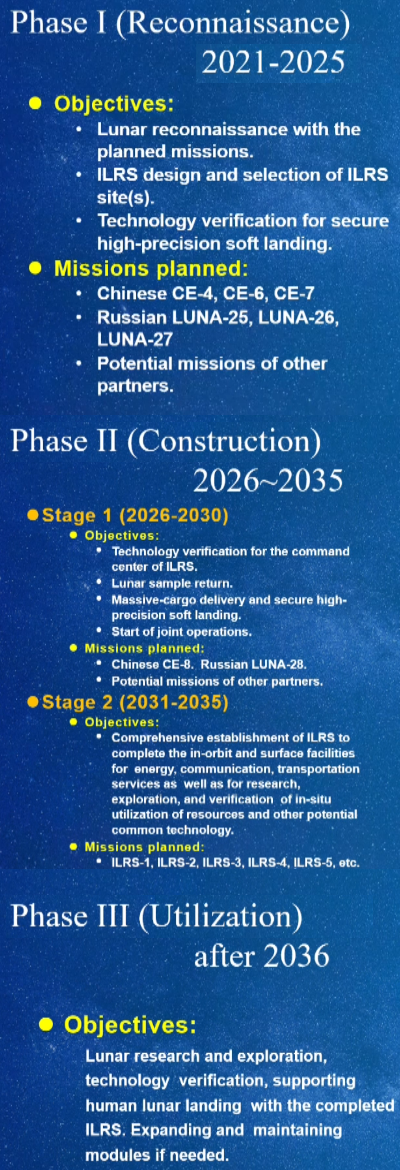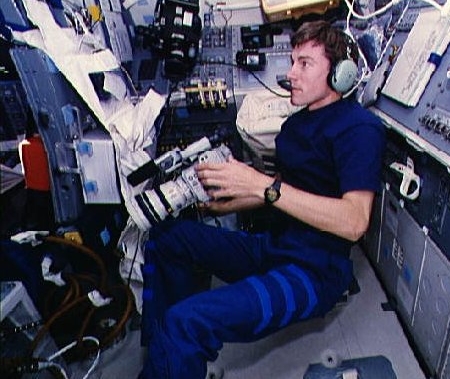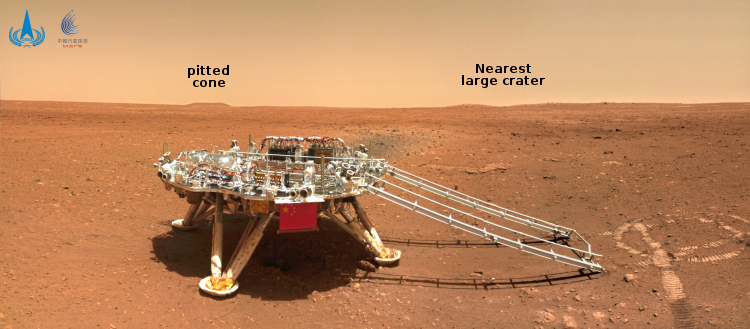Long March 2F booster that launched astronauts lands on public road in China
One of the four strap-on boosters used to launch three astronauts to China’s new space station on June 16th ended up landing on a public road in China.
The photo to the right, uploaded at this twitter feed, shows the booster. The parachute cords at its top explain why it is so relatively undamaged. The Chinese are apparently experimenting with parachutes to slow and maybe even control its descent. They might even be planning to catch the stage before it hits the ground, using a plane or helicopter, as both ULA and Rocket Lab hope to do with their Vulcan and Electron rockets.
Of course, we do not know this, as the Chinese tell us nothing.
Note that the hypergolic fuels, such as the hydrazine used in this booster, are extremely toxic. The person who took this picture is in very great danger, even if he or she does not know it.
Potential routes of hydrazine exposure include dermal, ocular, inhalation and ingestion.
Hydrazine exposure can cause skin irritation/contact dermatitis and burning, irritation to the eyes/nose/throat, nausea/vomiting, shortness of breath, pulmonary edema, headache, dizziness, central nervous system depression, lethargy, temporary blindness, seizures and coma. Exposure can also cause organ damage to the liver, kidneys and central nervous system. Hydrazine is documented as a strong skin sensitizer with potential for cross-sensitization to hydrazine derivatives following initial exposure.
Not that the Chinese government really cares. They have been dumping these boosters on their own people for decades, and only recently have apparently begun to look into ways of controlling their descent.
One of the four strap-on boosters used to launch three astronauts to China’s new space station on June 16th ended up landing on a public road in China.
The photo to the right, uploaded at this twitter feed, shows the booster. The parachute cords at its top explain why it is so relatively undamaged. The Chinese are apparently experimenting with parachutes to slow and maybe even control its descent. They might even be planning to catch the stage before it hits the ground, using a plane or helicopter, as both ULA and Rocket Lab hope to do with their Vulcan and Electron rockets.
Of course, we do not know this, as the Chinese tell us nothing.
Note that the hypergolic fuels, such as the hydrazine used in this booster, are extremely toxic. The person who took this picture is in very great danger, even if he or she does not know it.
Potential routes of hydrazine exposure include dermal, ocular, inhalation and ingestion.
Hydrazine exposure can cause skin irritation/contact dermatitis and burning, irritation to the eyes/nose/throat, nausea/vomiting, shortness of breath, pulmonary edema, headache, dizziness, central nervous system depression, lethargy, temporary blindness, seizures and coma. Exposure can also cause organ damage to the liver, kidneys and central nervous system. Hydrazine is documented as a strong skin sensitizer with potential for cross-sensitization to hydrazine derivatives following initial exposure.
Not that the Chinese government really cares. They have been dumping these boosters on their own people for decades, and only recently have apparently begun to look into ways of controlling their descent.





